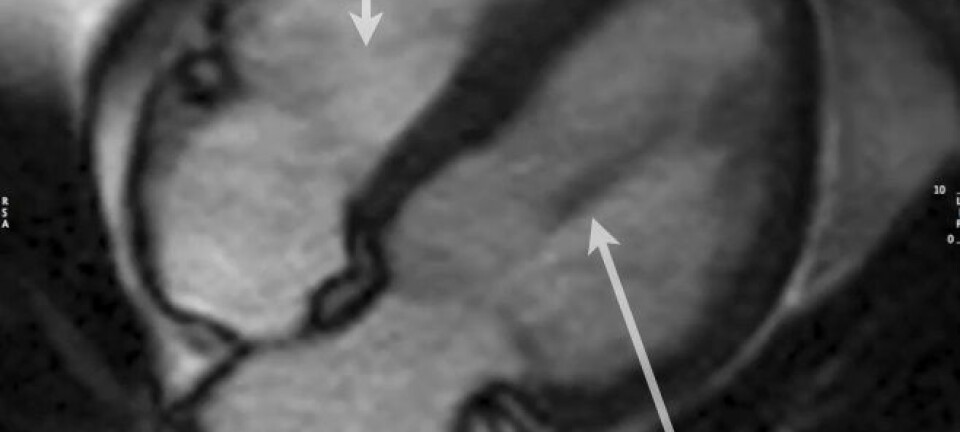Swedish diabetes estimates were off by a long shot
Sweden can have two to three times as many young people with diabetes type 1 than believed.
Sweden, Finland and Norway have the highest incidences of diabetes type 1 among children and youth. It now appears that Sweden have severely miscalculated the number of adolescents and young adults who get diabetes 1 the disease annually.
The number of persons aged 15-34 with diabetes 1 is most likely two to three times more than previously estimated, according to a new study carried out by the Sahlgrenska Academy in Gothenburg.
Round 600 new cases per year
Swedish health authorities thought there were round ten new cases per 100,000 capita per year. That has been upgraded to 20-30 cases per year.
This would mean that some 600 Swedes aged 15-34 contract the disease each year, rather than 200-300.
“This makes it all the more important to be aware of this patient group, especially as the disease is lifelong and has an impact on life quality.” says Researcher Araz Rawshani of the Sahlgrenska Academy and the Swedish National Diabetes Register.
There are no reasons to believe that Sweden also operates with figures that are too low for children up to the age of 14.
Few studies of young adults
The Sahlgrenska scientists say that for some time the country has seen an annual increase of three percent per year in incidences in the age group of up to 14 years. This was well known.
Although diabetes 1 does not ony strike children, but also young adults, few studies have been made of its prevalence in this age group.
In some studies, however, a reduction in new incidences of the disease was found among Swedes aged 15-34.
Authorities have thus assumed that the increases observed among children were being compensated by decreases among adolescents and young adults.
“But our investigation shows the studies indicating the subsequent decrease were based on insufficient data,” says Rawshani.
Could be relevant for other countries
The Swedish researchers have linked and analysed data from several of the country’s health registers: the National Diabetes Register, the Swedish Childhood Diabetes Register and the country’s Prescribed Drug Register (PDR).
They think the PDR is the most accurate source for ongoing assessments of new cases of diabetes type 1, especially for persons under the age of 30.
Sahlgrenska Researcher Rawshani thinks the new discovery can be relevant for other high-income countries which have comparable lifestyles and populations.
Since 1983 estimates have been based on the Diabetes Incidence Study in Sweden. Known as DISS, the study has given Swedes much more data to analyse than can be accessed in most countries.
------------
Read the Norwegian version of this article at forskning.no
Translated by: Glenn Ostling









